QuestionQUESTION: White live sand turning brown
Tank is cycled just added clown fish crabs snails
Water was tested and all was fine can you help
ANSWER: Hi Eugene:
Since your water parameters are testing fine, it's sounds like it diatoms that are turning the sand this brown color. If you don't know what diatoms are, they are a major group of algae and play an extremely important role in the ecosystems of the worlds oceans /natural coral reefs. Diatoms are among the most common types of phyto-plankton. Diatoms are unicellular and microscopic so you're not gong to be able to see them with the naked eye. They can quickly turn the white reef sand a brownish color by forming colonies in your sand bed.
The good news is that it will go away or be greatly reduced as the tank continues to mature. You will have to be patient during these processes. "Diatom outbreaks can come and go for several months."
Your aquarium may likely go through other algae cycles, where varying species of algae come and go, however eventually with time your aquarium will be algae free or close to it. If you are not running a protein skimmer, then it's a good idea to run one, as they help keep the waters nutrient load to a minimum. This is important because light as well as an abundant water nutrient load feeds algae and keeps it growing.
Depending on the size of your aquarium, you could add more snails and hermits. They will help eat algae diatoms.
You could always use a turkey baster to turn over the sand a bit and keep it cleaner looking. Good water flow will also help.
You could also reduce your lighting or light intensity for the time being, less light keeps the algae from growing as much. For an example only: if the timer on your lights is set to come on from 8:00am to 8:00pm, then reduce it to 8:00am to 4:00pm, this will still provide enough light. Then once the diatom levels start to be greatly reduced, you can always change it back to better suit your aquarium inhabitants needs. In regard to light intensity, if you're running a modern LED aquarium light fixture, most of these types of fixtures will allow you to dial down the light intensity.
Lastly one other thing to consider is that it's not normal for sand in a reef aquarium to be completely white. Dating back to the late 70's, 80's and early 90's a standard tank maintenance routine for fish-only aquariums in doctor's offices, and commercial buildings, was to remove the coral skeletons and bleach them white, neutralize the bleach residue and put them back in the tank. But bleached-white skeletons is definitely not normal from a "nature" perspective.
In conclusion patience is the key with most of these diatom processes.
I wish you the best of luck with all your saltwater aquarium endeavors. Take care.
Regards,
Dave
All Experts Editor
http://www.ocreef.com Director of Operations
---------- FOLLOW-UP ----------
QUESTION: Hermit crabs are doing well however the snails are not started with 3 one has died the other 2
Are very sluggish clown fish are doing well Running a reef octopus skimmer and have A new light
White cycles different light colors would like too add anomonies and corals
Also do I need too feed the live rock and corals after
AnswerHi Eugene:
THANK YOU FOR THE 5 STAR FEEDBACK, IT'S GREATLY APPRECIATED.
In regard to the live rock... if you want your live rock to become encrusted with that beautiful purple Coraline algae that is highly desired in reef aquarium set-ups, then you can add a product called Purple-Up, it's designed to help purple Coraline algae grow on your live rock. There are a few other products on the market that do the same thing, including one from Kent Marine. Otherwise feeding your live rock any other regimens at this stage is not needed.
In regard to your Anemones, yes these should be fed, the amount and quantity of food stuff that you feed them ultimately depends on their size. A good rule of thumb is feed them at least once per week. While gently using a feeder-stick make sure they accept the food you offer them, if not don't leave the food in the water, remove it.
Also if the Clown-fish and the Anemones develop a symbiotic relationship, then the clown-fish will also bring food to the Anemone. The Clown-fish will also help guard and protect the Anemone. Check on YouTube there is a lot of great home videos showing the interactions between Clown-fish and Anemones.
Regards,
Dave
All Experts Editor
http://www.ocreef.com Director of Operations

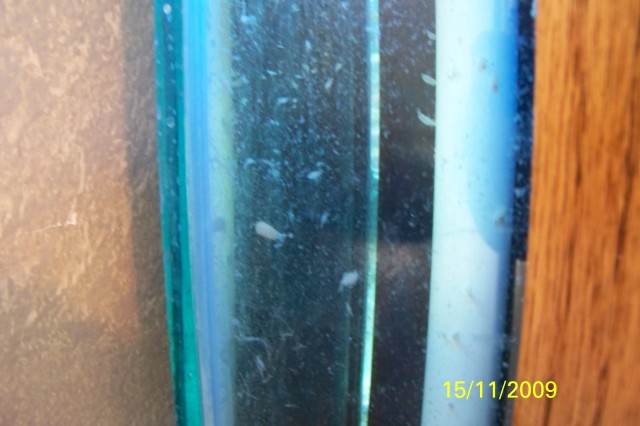 eggs in my tank?
QuestionQUESTION: I just discovered small white cone sh
eggs in my tank?
QuestionQUESTION: I just discovered small white cone sh
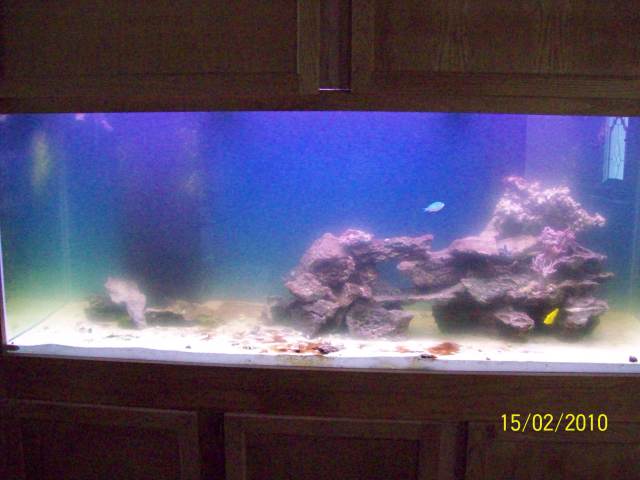 Cloudy reef tank
QuestionTank pic
QUESTION: I set up a new 250 ga
Cloudy reef tank
QuestionTank pic
QUESTION: I set up a new 250 ga
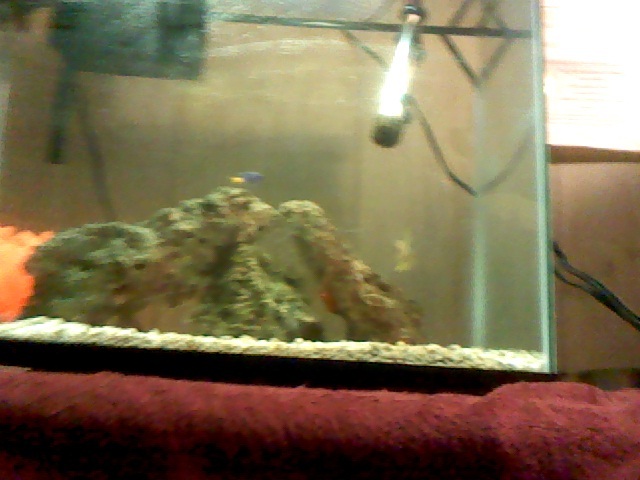 aqurium light
Question
my tank
hello, I have a 14 gallon aquarium tha
aqurium light
Question
my tank
hello, I have a 14 gallon aquarium tha
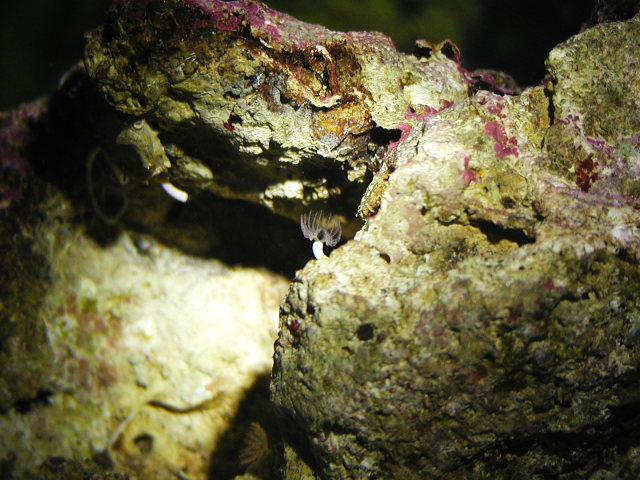 creature
Question
corals?
Ive recently noticed some creatures in
creature
Question
corals?
Ive recently noticed some creatures in
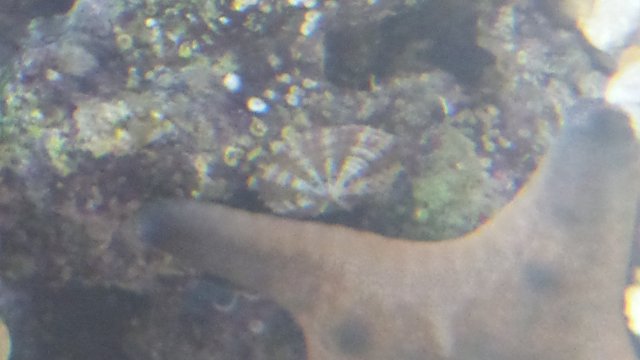 help identifiying this thing on my live rock moving around
Question
identify
have recently noticed a lot of
help identifiying this thing on my live rock moving around
Question
identify
have recently noticed a lot of